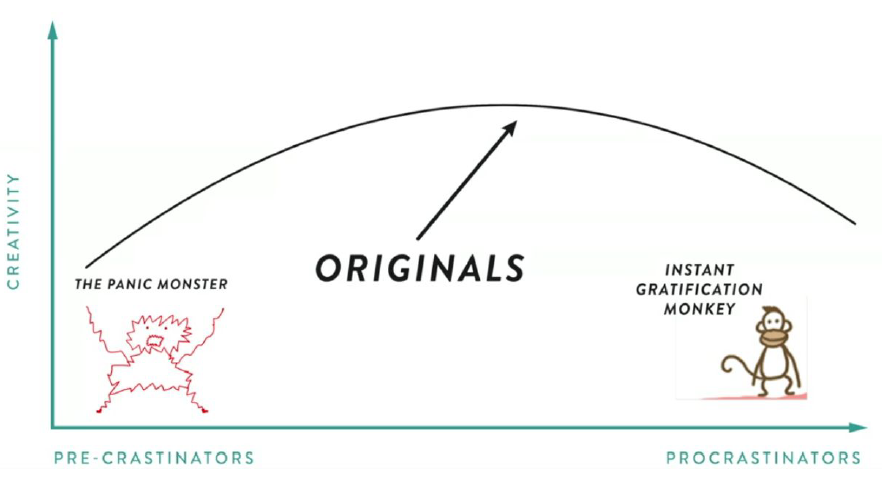A lot of us talk about Product-Market Fit and to the highest degree in the startup world. In this post, we’ll touch base on the topic, its context, etc. so it acts as a good refresher.
What is Product-Market Fit?
Product-Market Fit is building a product that the market is fully satisfied with, a product that solves top problems for the targeted customers and they are willing to pay for it.

Additional definitions from various sources
- Product/market fit is identifying a compelling value hypothesis. (Andy Rachell)
- Product-Market fit is when you build something that people want. (Paul Graham)
- Product-Market fit is when you have the right solution to a problem that’s worth solving. (Ash Maurya)
- Product-Market fit is when users love your product so much they tell other people to use it. (Sam Altman)
- Product-Market fit is when your customers become your salespeople. (Michael Porter)
- Product-market fit is the degree to which a product satisfies a strong market demand. Product/market fit has been identified as a first step to building a successful venture wherein the company meets early adopters, gathers feedback and gauges interest in its product(s). (Wikipedia)
Why is Product-Market Fit important?
Product-Market Fit is the most important metric, probably the only metric that matters, when introducing a novel product (a new product of its kind) in the market.

In the introduction phase, after launching the MVP, it is almost incumbent on the product team to continuously assess customer feedback and iterate the product to improve its relevance & acceptance and thereby achieve Product-Market Fit sooner than later. There’s usually no competition at this stage, so it is only obvious to achieve Product-Market Fit as soon as possible, because a faster fit means the product will enjoy maximum differentiation for a longer period of time. Achieving Product-Market Fit is an important milestone for all product teams and esp. startups as it ensures we have built the right product.
How to achieve Product-Market Fit?
Product-Market Fit is best achieved by having a strong product discovery process. Continuous validation with target customers and refining your offering is the key to success. Typically, you start with a hypothesis, build an MVP, validate it, and iterate based on what you’ve learnt.
How to determine if Product-Market Fit is achieved?
Below are some commonly used methods:
- High cohort retention (asymptotic churn)
- High MoM and YoY growth rate
- Your product is 10x better than the leading alternatives
- Passionate user feedback & when people sell for you (high NPS)
- Willingness to pay (business model)
- High Customer Lifetime Value
- The 40% rule – if at least 40% percent of surveyed customers indicate that they would be “very disappointed” if they no longer have access to your product
That’s the wrap on Product-Market Fit.
And here is a bonus.
There’s a chasm out there
To reiterate, Product-Market Fit is to be achieved in the introduction phase — however, that doesn’t automatically qualify the product to be acceptable to the mass market (early/late majority).
In other words, Product-Market Fit was achieved for the Early Adopters, but the expectations from the mass market (Early Majority) are different. There’s a chasm that needs to be crossed!

According to Geoff Moore, author of ‘Crossing the chasm’, the early majority are looking to minimize the discontinuity with the old ways. They want evolution, not revolution. They want technology to enhance, not overthrow the established ways of doing things/business. And above all, they do not want to debug somebody else’s product. By the time they adopt it, they want it to work properly and to integrate appropriately with their existing technology base. The early majority / pragmatists want to buy from market leaders — be a market leader niche by niche.
A good approach, mentioned in his book is the Beachhead strategy — in business, particularly startups, the beachhead strategy is about focusing your resources on one key area, usually a smaller market segment or product category, and winning that market first, even dominating that market, before moving into larger markets.
Let’s stop here, and cover this topic in a separate & dedicated post.
Hope this post is useful!








 Image credit: thedigitalprojectmanager.com
Image credit: thedigitalprojectmanager.com
